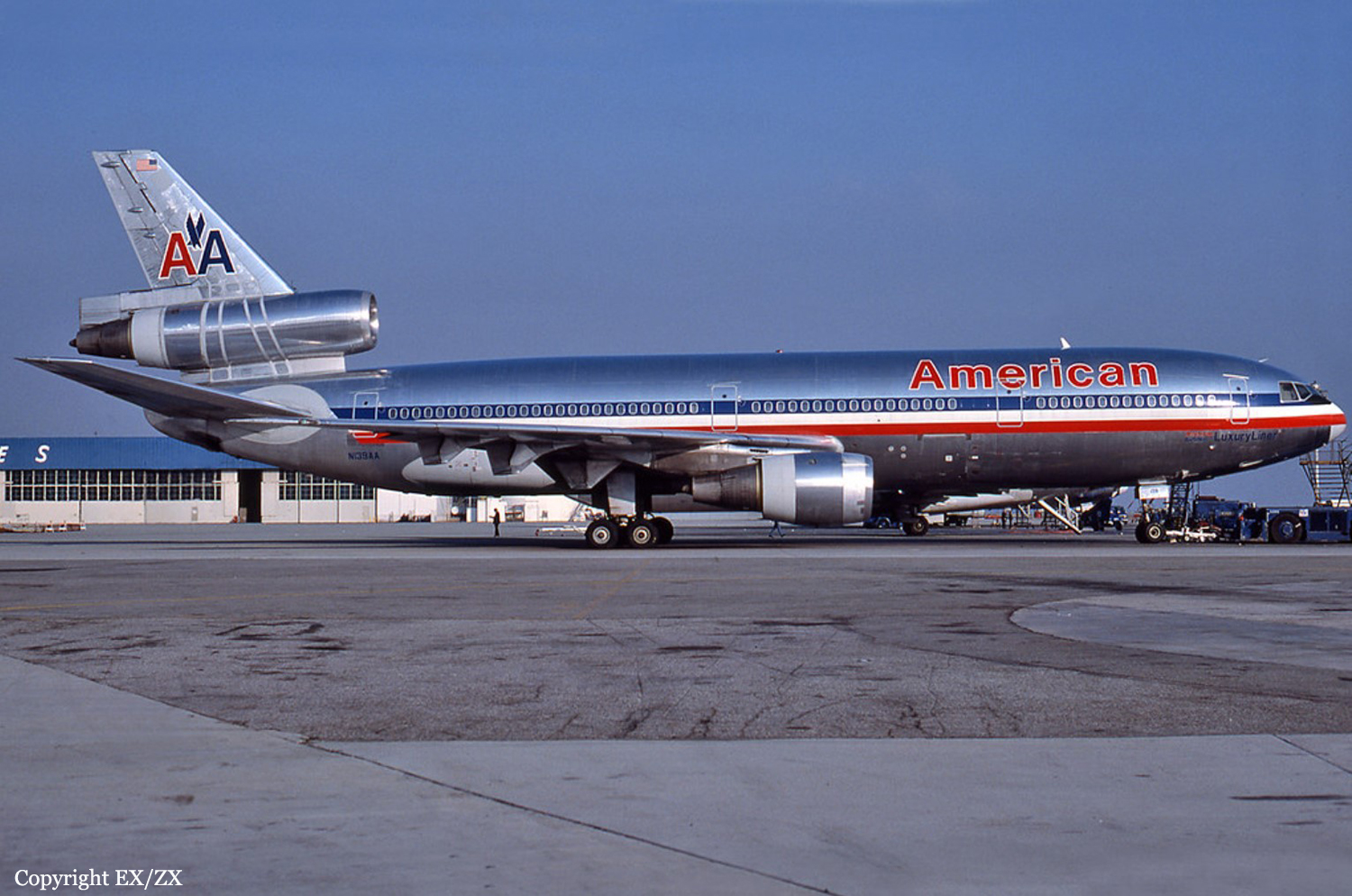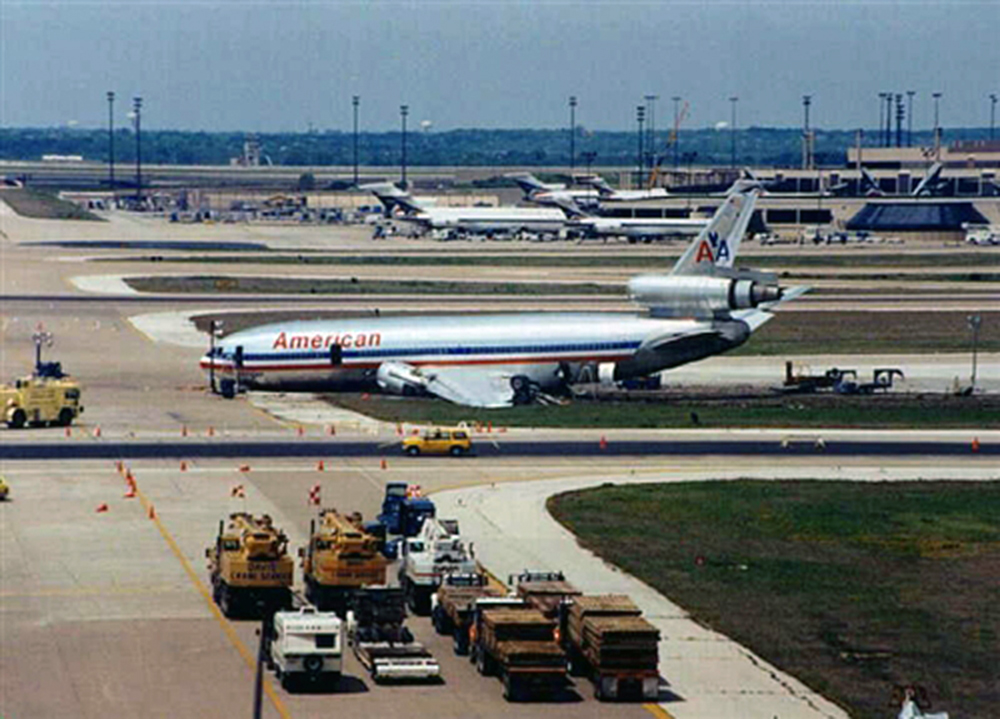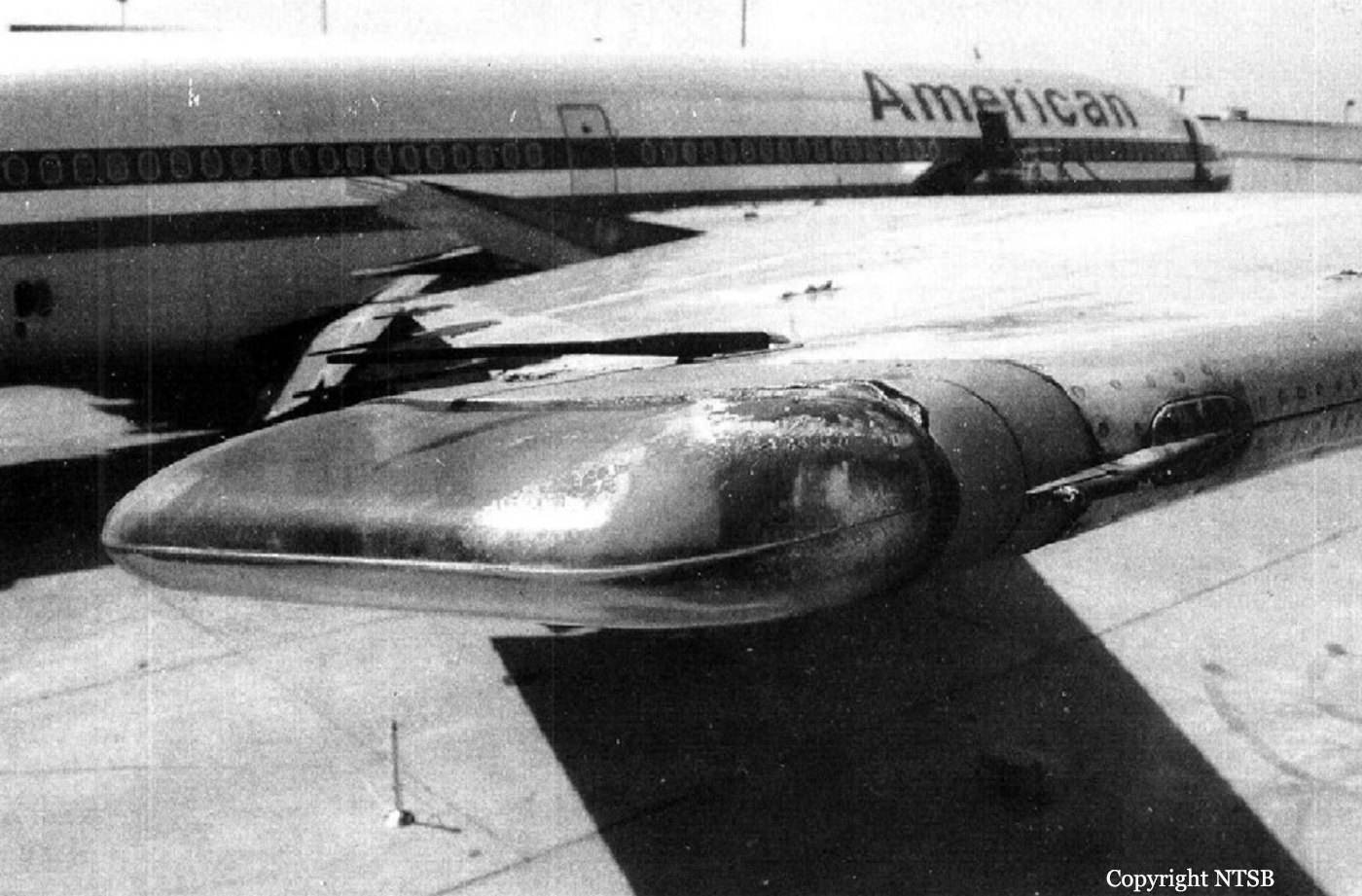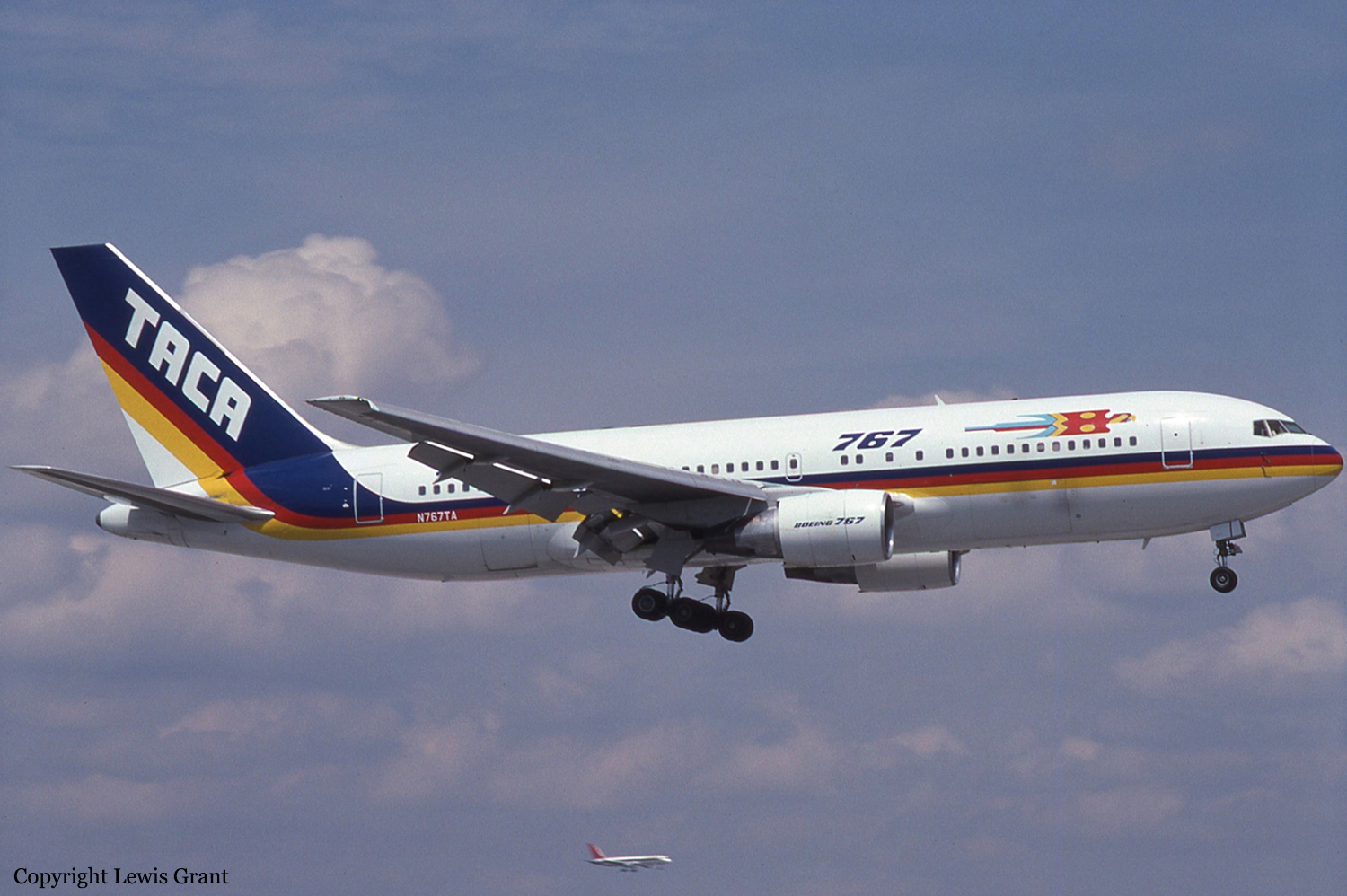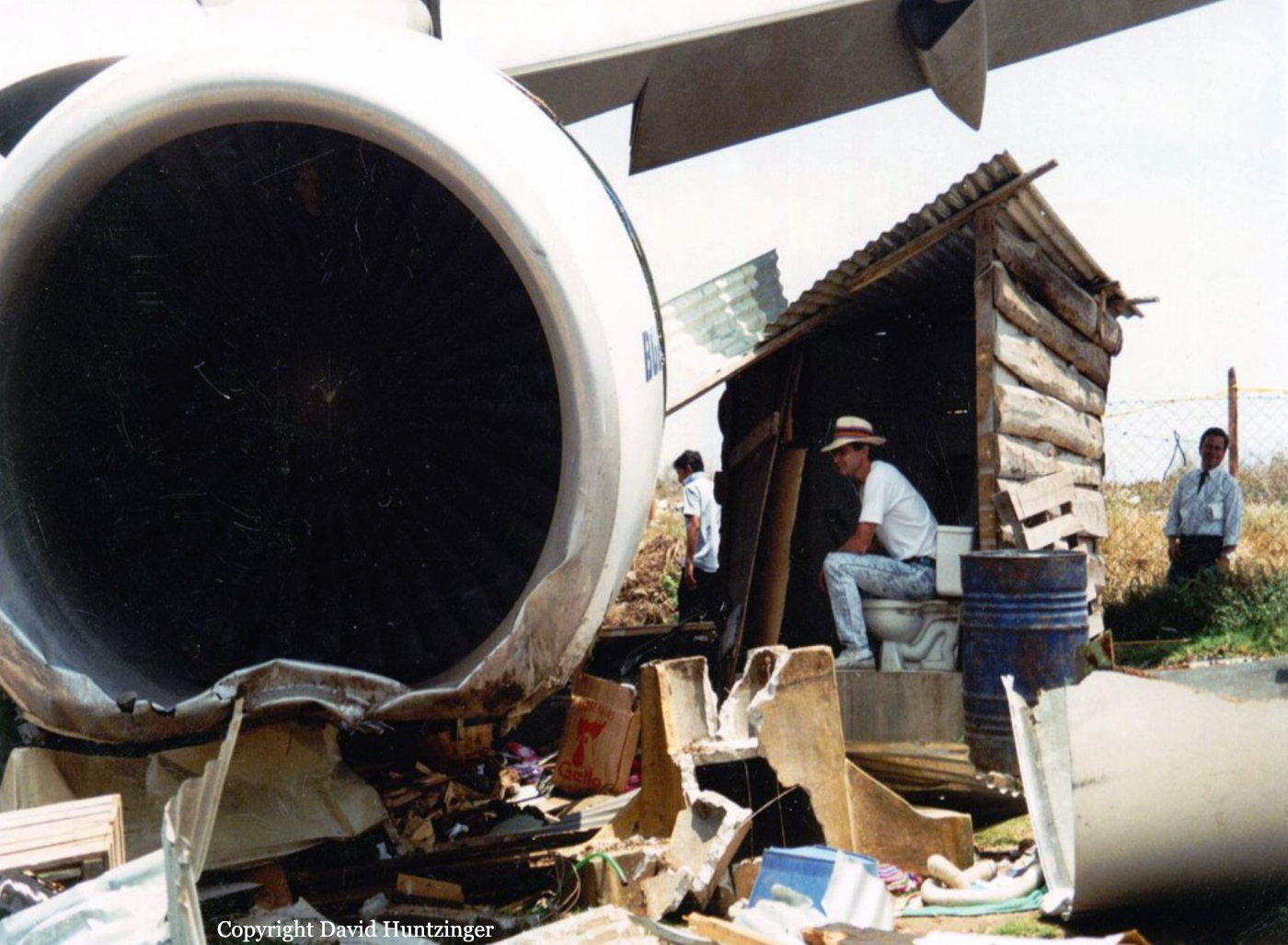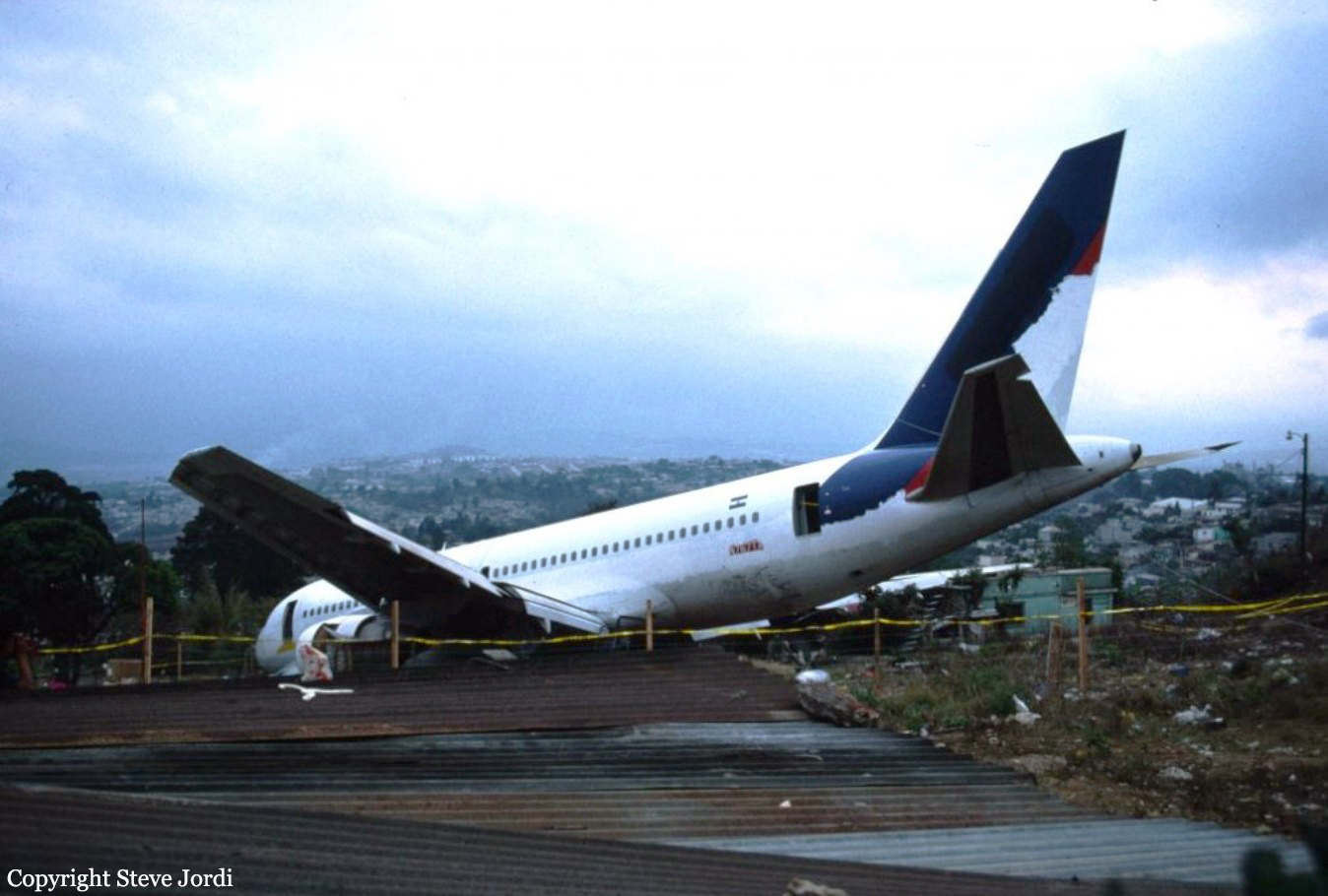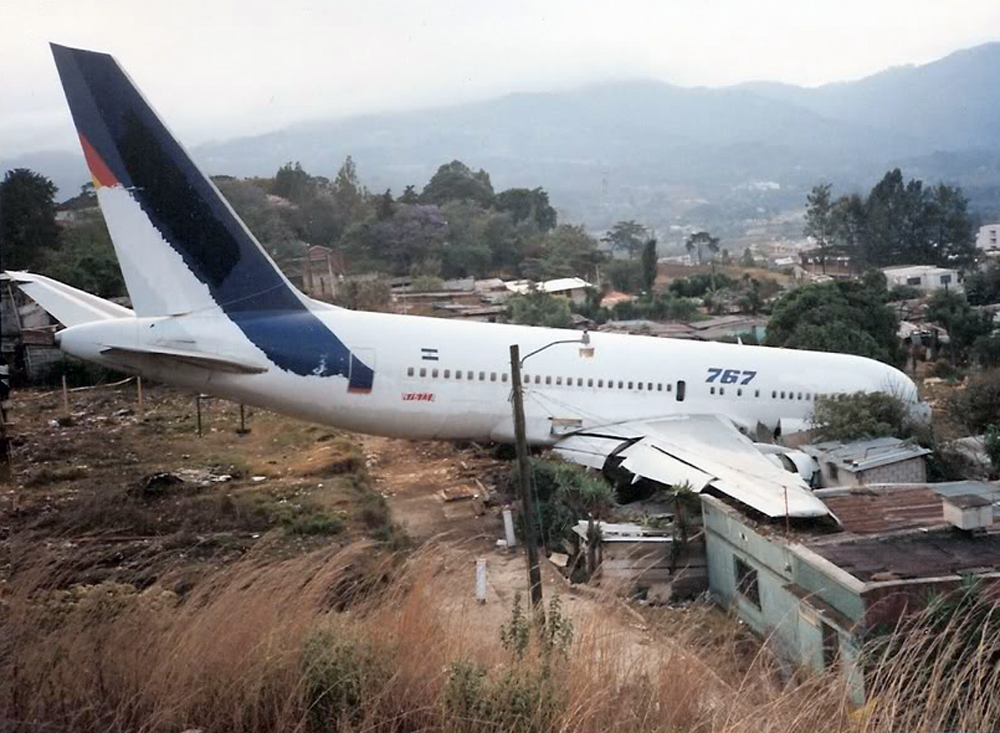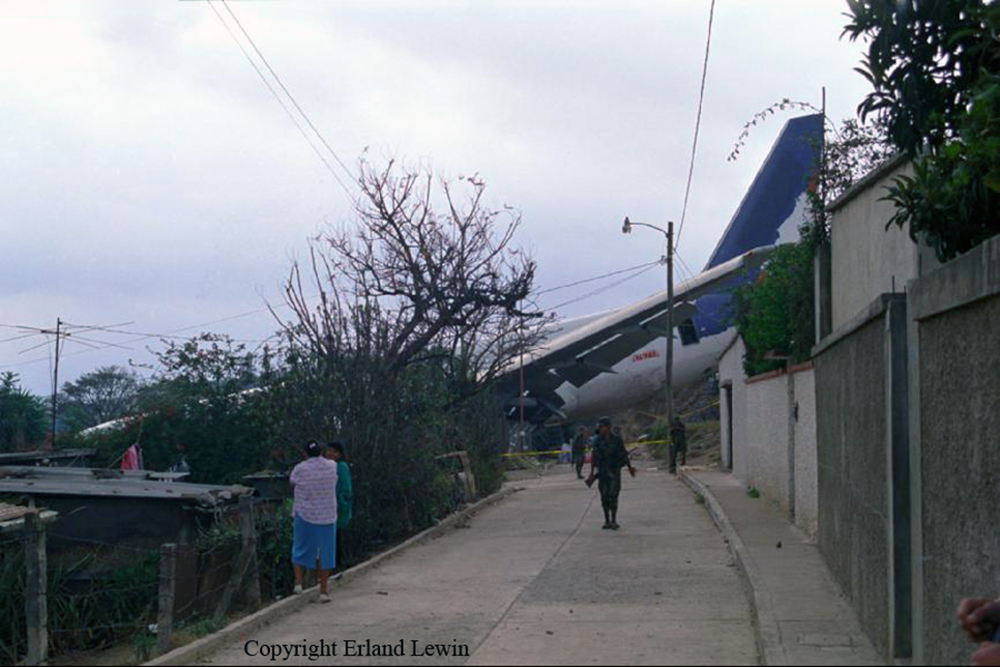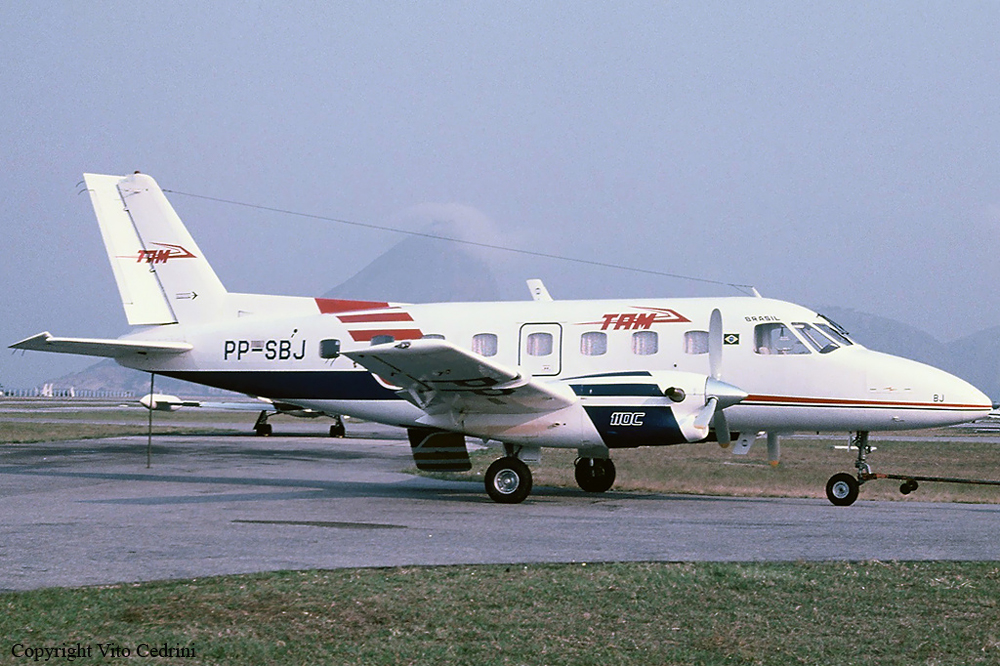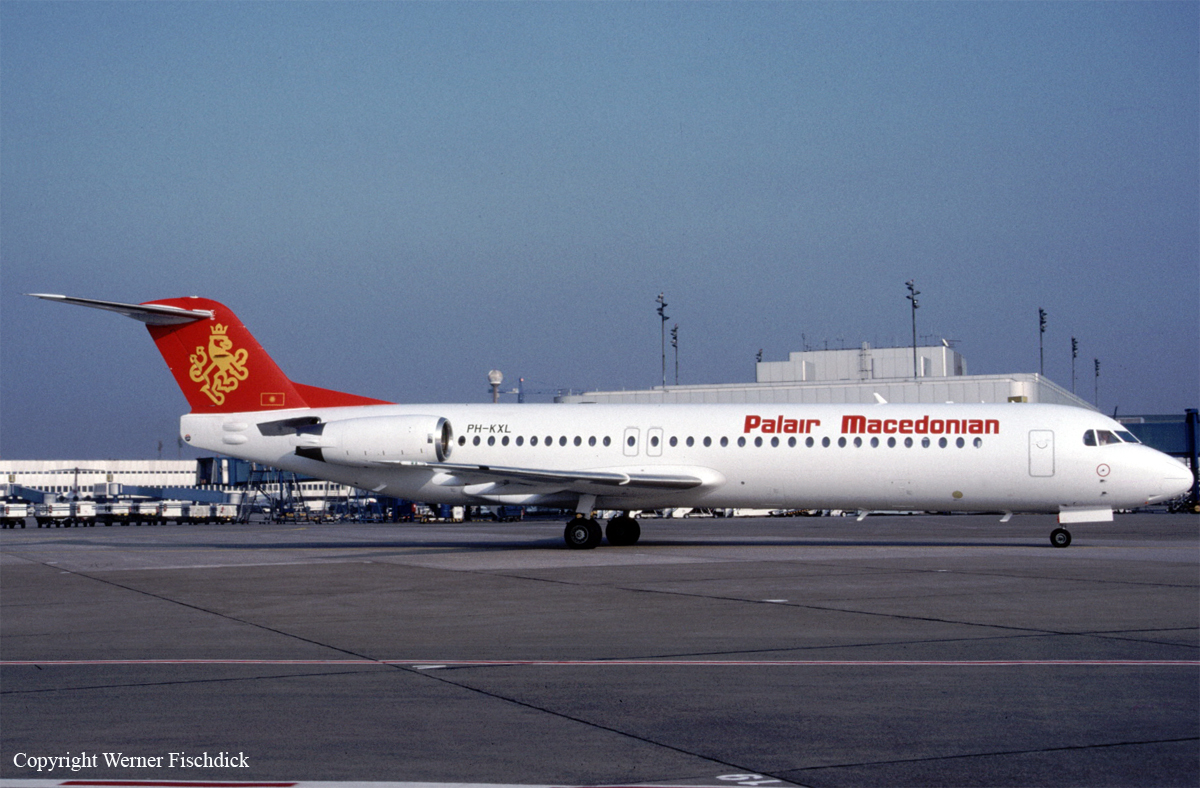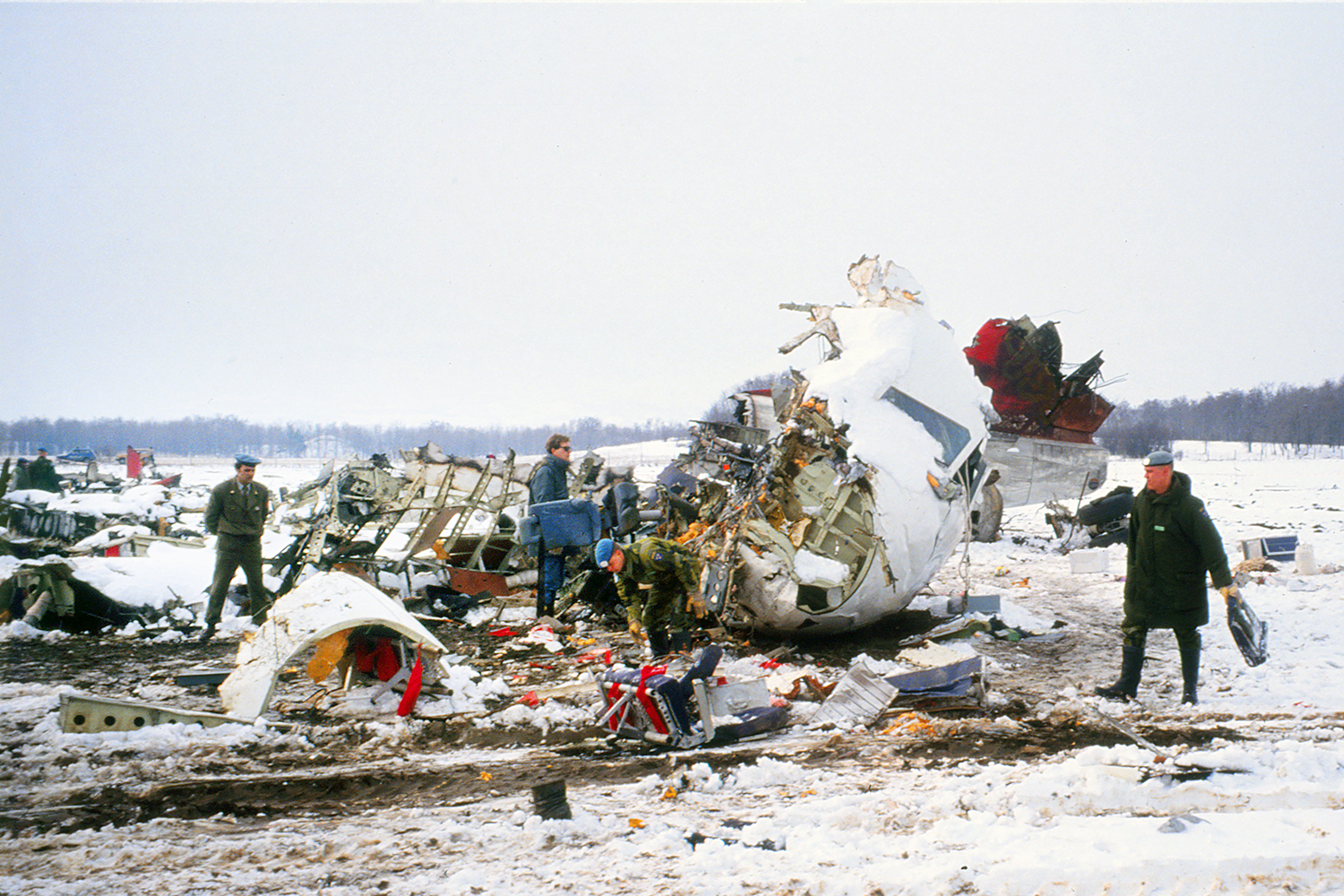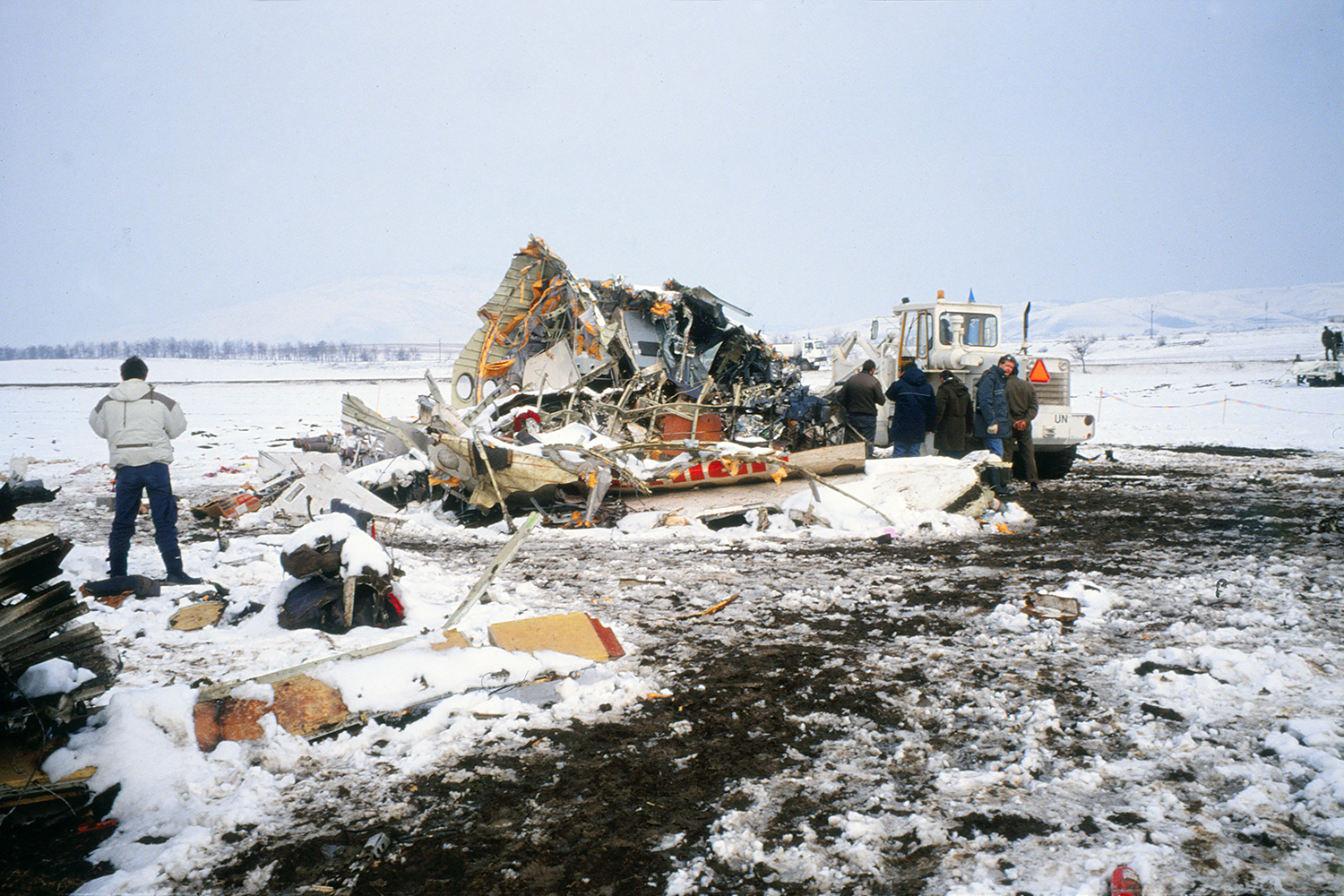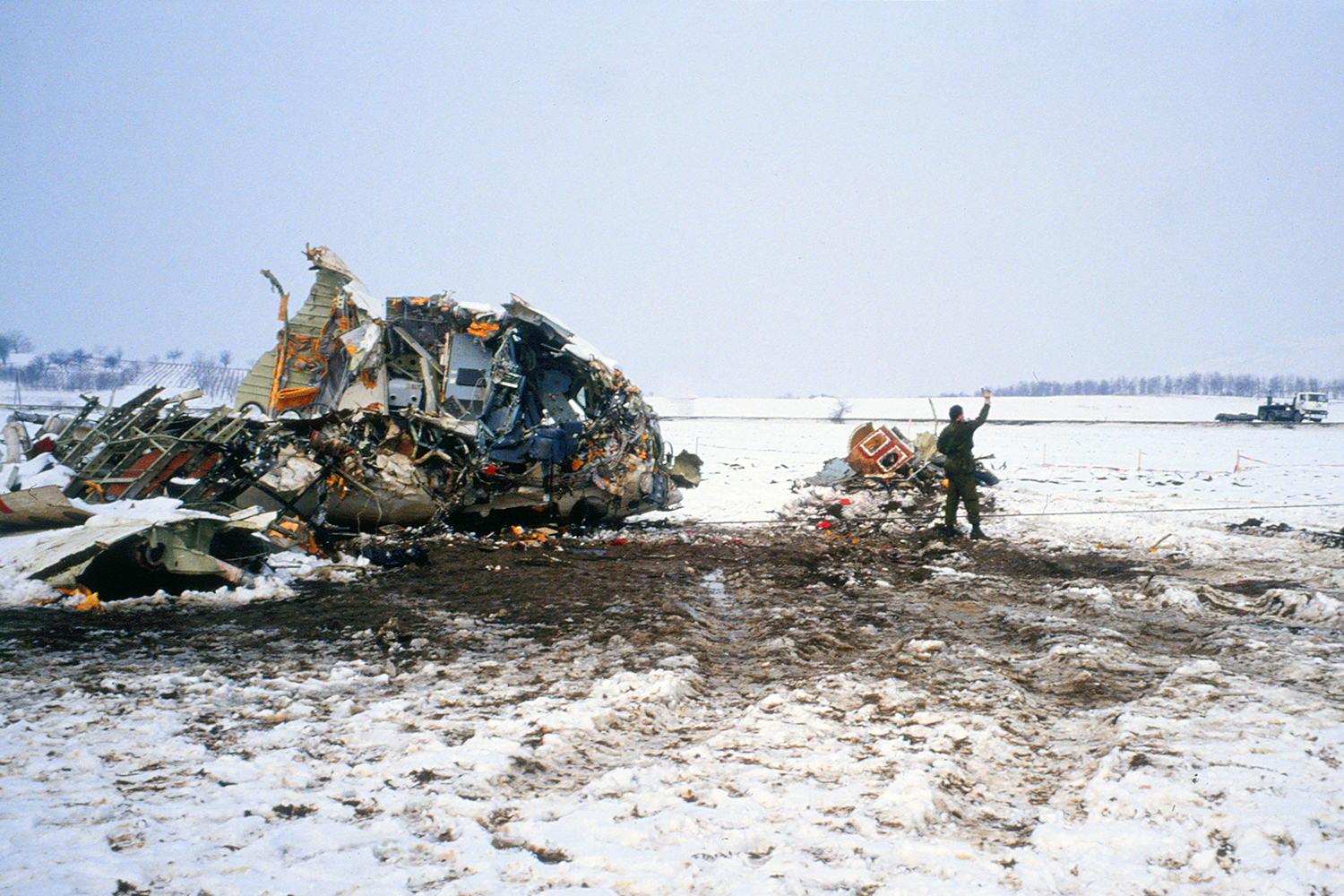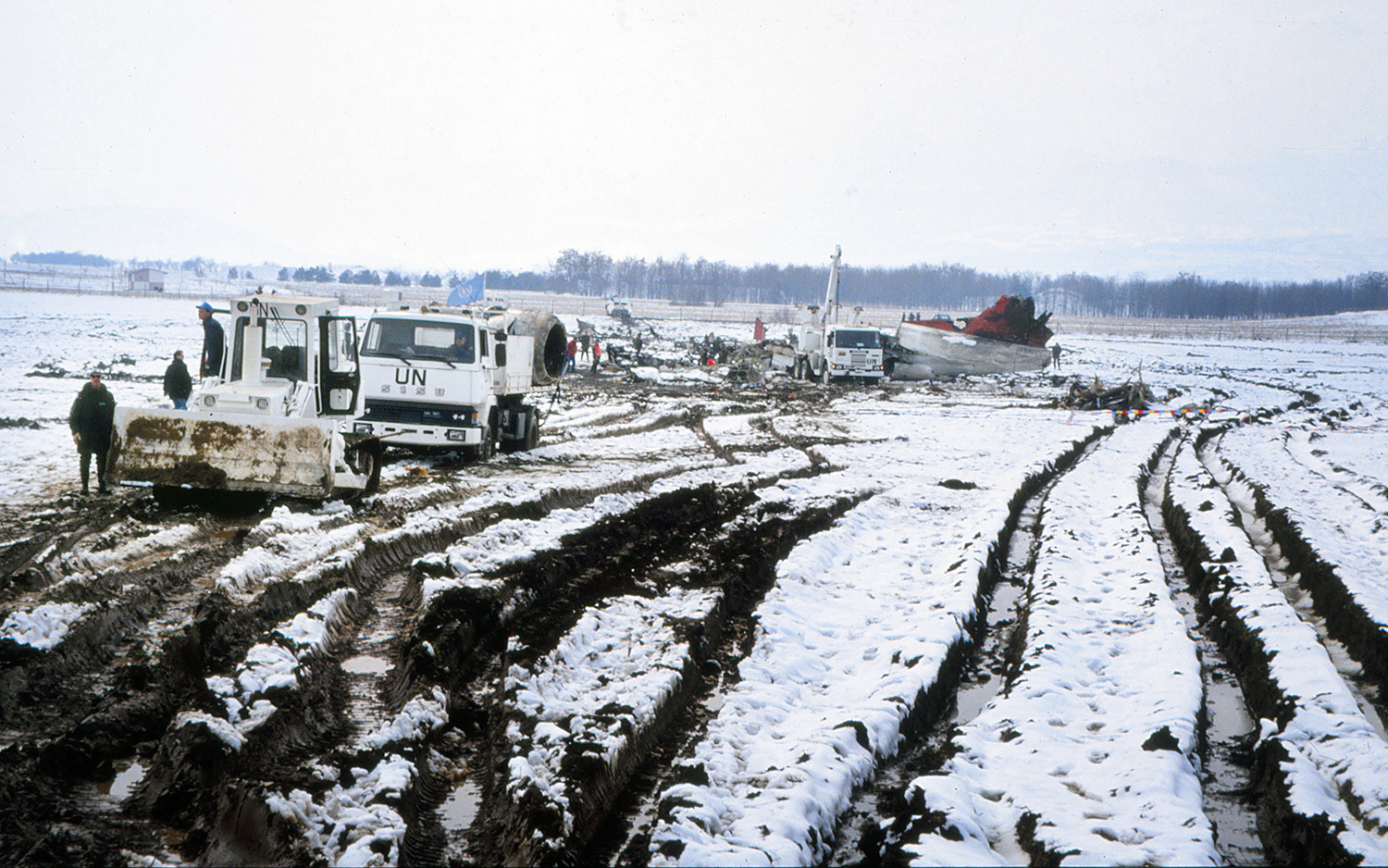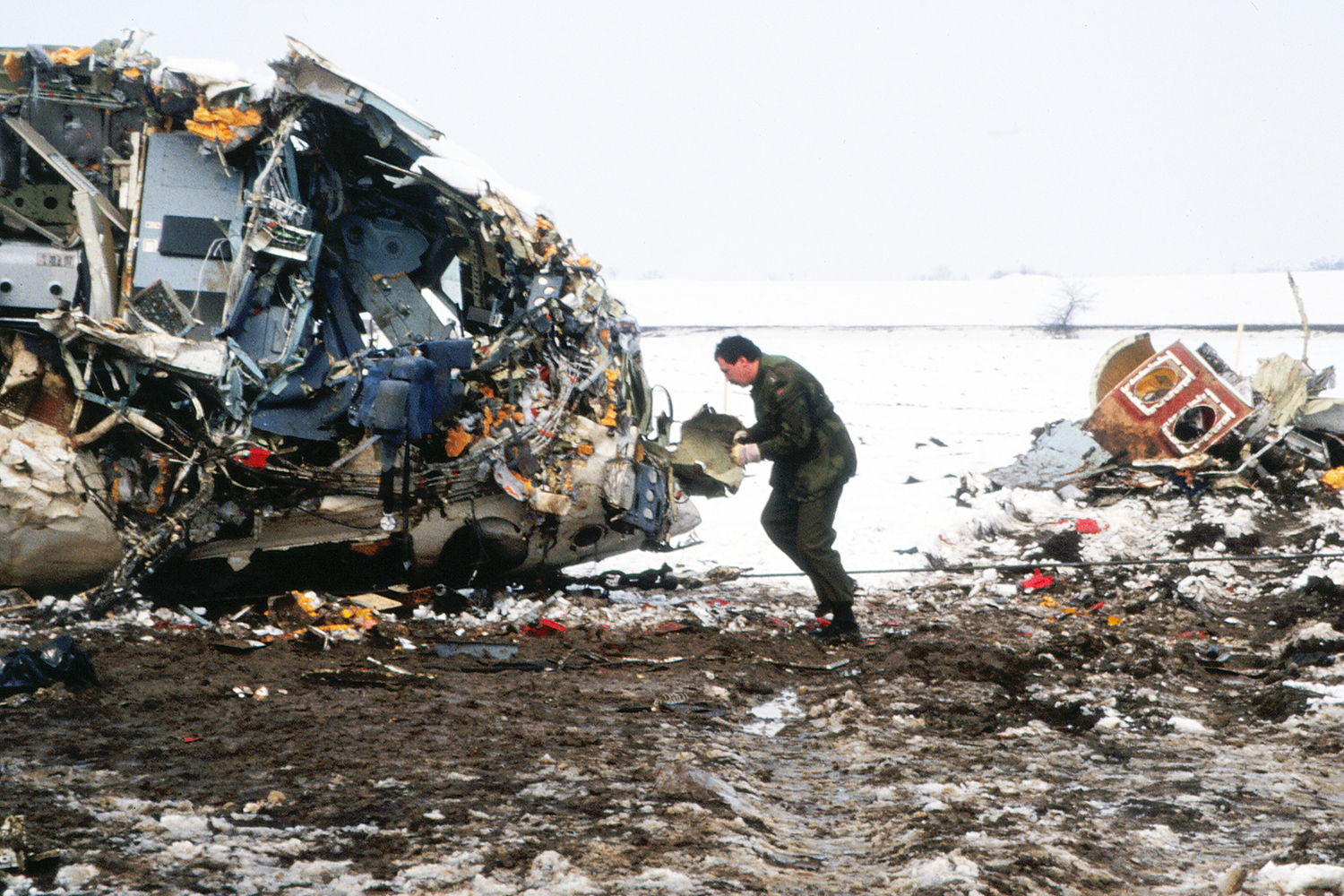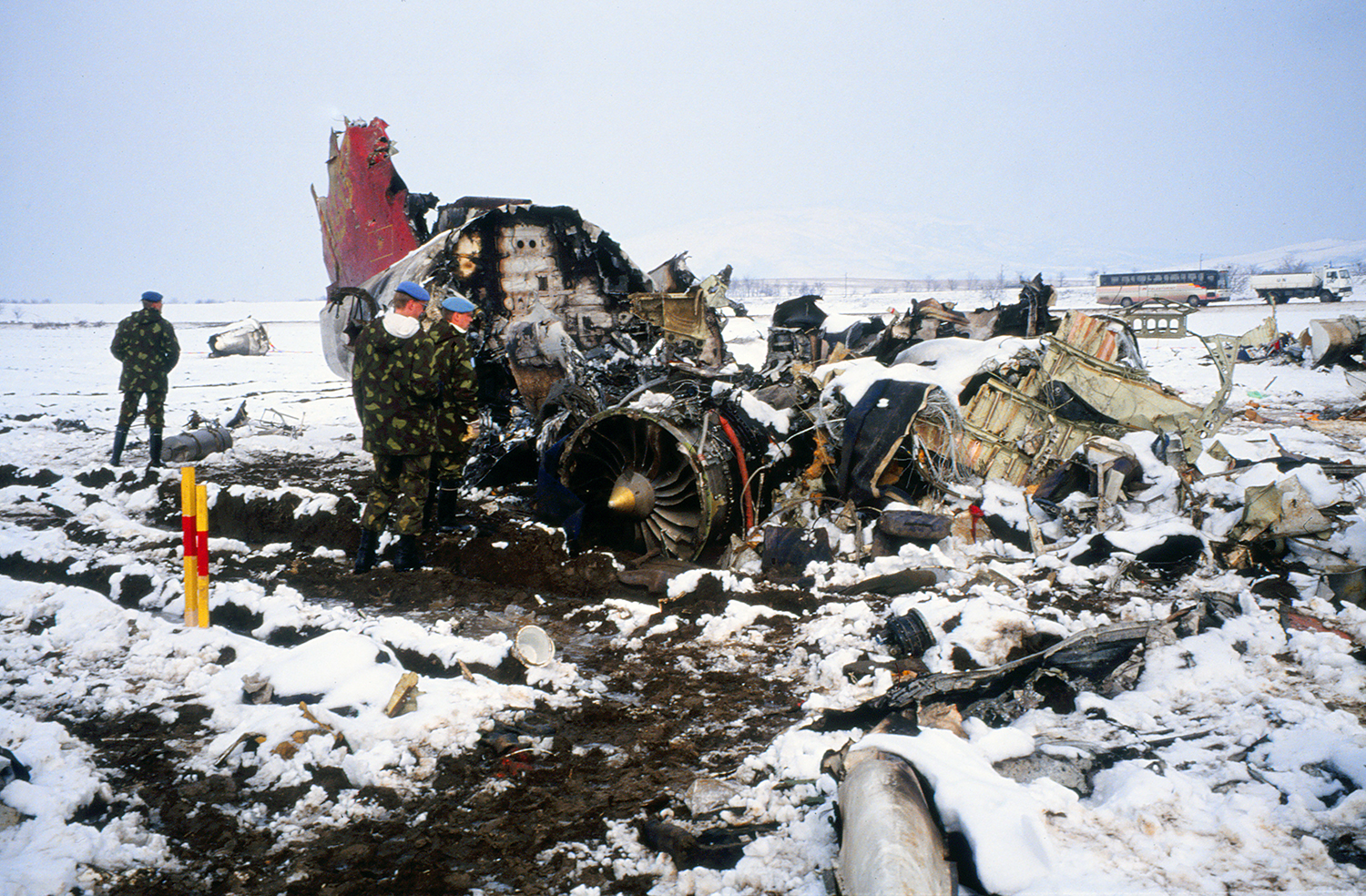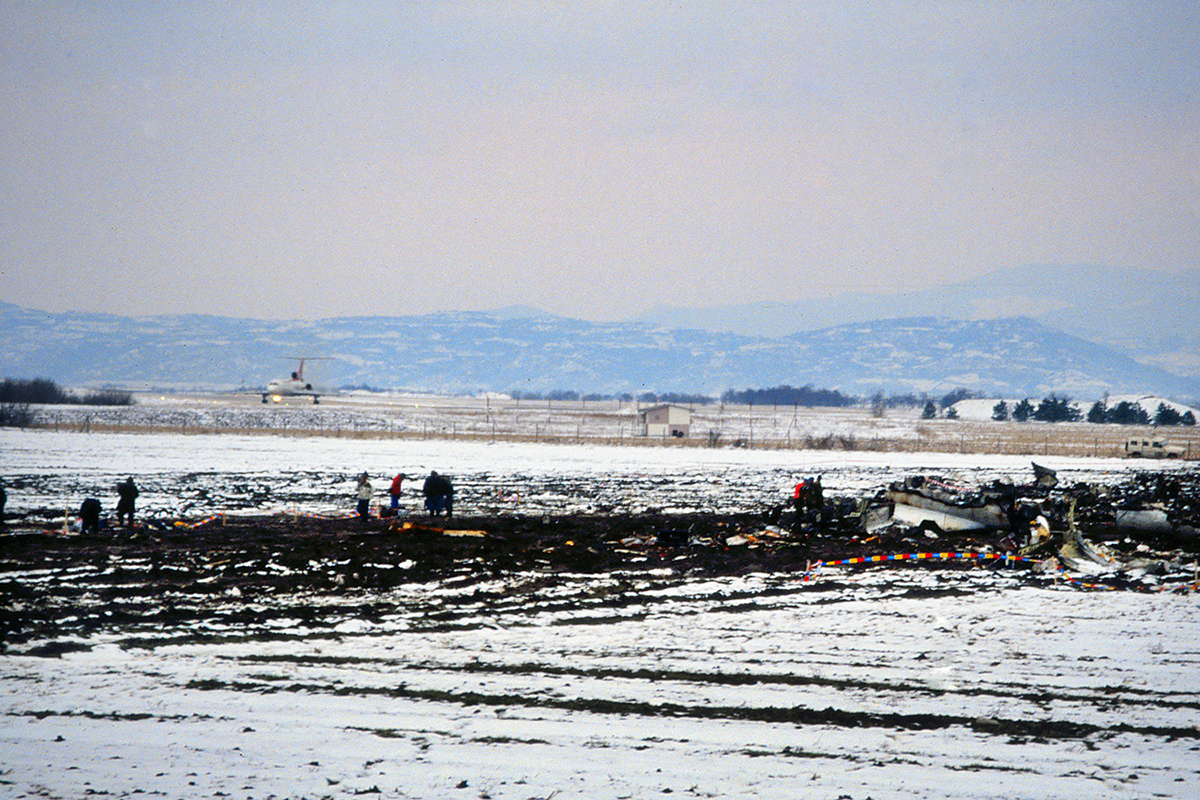Crash of a Douglas DC-10-30 in Dallas
Date & Time:
Apr 14, 1993 at 0659 LT
Registration:
N139AA
Survivors:
Yes
Schedule:
Honolulu - Dallas
MSN:
46711
YOM:
1973
Flight number:
AA102
Crew on board:
13
Crew fatalities:
Pax on board:
189
Pax fatalities:
Other fatalities:
Total fatalities:
0
Captain / Total hours on type:
555.00
Copilot / Total hours on type:
376
Aircraft flight hours:
74831
Aircraft flight cycles:
17920
Circumstances:
At the time flight AA102 landed at DFW Airport, it was raining and there were numerous thunderstorms in the area. Shortly after touchdown on runway 17L, the pilot loss directional control when the airplane began to weathervane and the captain failed to use sufficient rudder control to regain the proper ground track. The airplane eventually departed the right side of the runway. At the time of landing the wind (a cross wind) was blowing at 15 knots with gusts approximately 5 knots above the steady wind speed. The aircraft was damaged beyond repair and all 202 occupants were evacuated, among them 40 were injured, two seriously.
Probable cause:
Failure of the captain to use proper directional control techniques to maintain the airplane on the runway.
Final Report:
